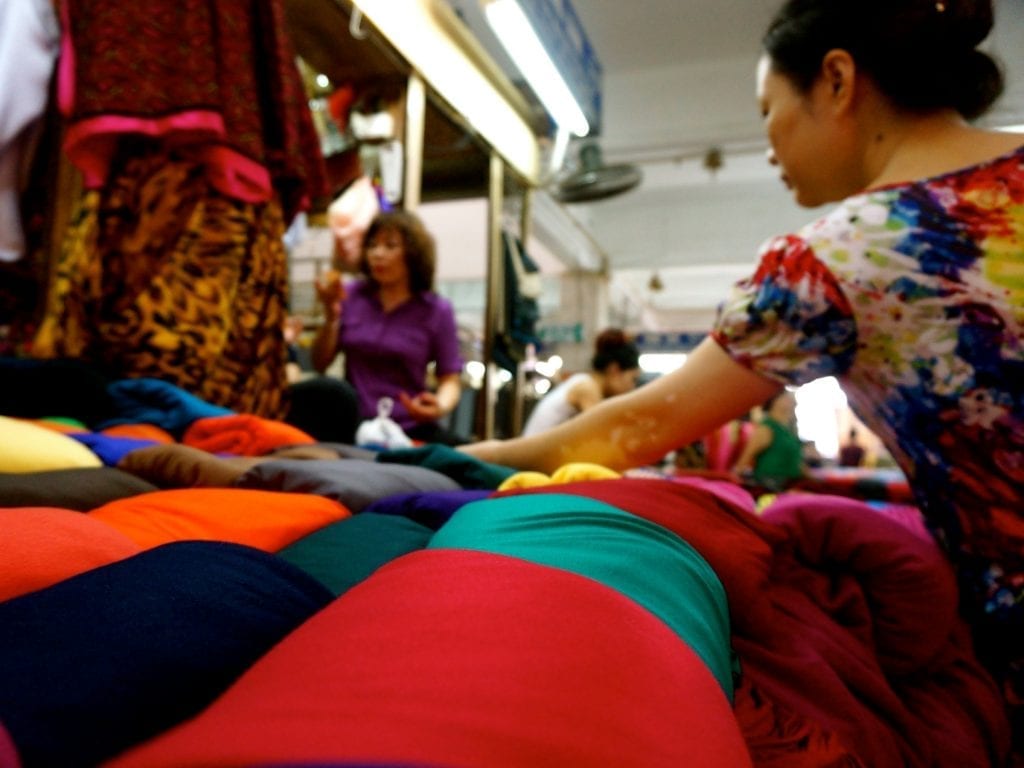
The textile industry, Vietnam’s key exporter, faces hurdles to further development since it is stuck in the low-value segment of the supply chain.
Nguyen Thi Xuan Thuy, director of the Ministry of Industry and Trade’s Centre for Supporting Industrial Development, said at a recent forum that Vietnam’s textile industry is still dependent on import of production inputs.
The country plans to have 30,000-76,000 hectares under cotton crops in the 2015-2020 period but had only 1,000 ha in 2017, and cotton production that year was only 1,000 tons against a target of 20,000-60,000 tons, she said.
The country targets annual fabric production of one billion meters but there is no allocation of funds for it, and so most material has to be imported for production, Thuy noted.
Vietnam imports half the raw material for production from China, and this means its textile products would not enjoy zero import tariffs under the trade pacts it has signed, she added.
But local feedstock producers struggle to sell domestically. Vu Huy Dong, CEO of thread producer Dam San, said 90 percent of his output is exported to China.
“Chinese importers buy the threads, dye them and sell them back to Vietnam at higher prices.”
Textile firms are concerned that Vietnam’s environmental protection regulations create challenges for businesses.
Pham Xuan Trinh, CEO of HCMC-based textile firm Phong Phu Corp, said some localities only provide 700 cubic meters of water a day to his company while the need is three or four times that.
Government officials admitted that local authorities are reluctant to license textile production, especially dyeing, due to fear of pollution.
Thuy said that Vietnam’s environment criteria for the textile industry are now even higher than Japan’s.
Whether Vietnam continues to keep them to ensure clean manufacturing or lowers them to boost production of textile feedstock, there needs to be an orientation for development, she added.
Vietnam exported $30.4 billion worth of textile products last year, up 16.6. percent from 2017, according to the General Statistics Office. It imported $12.9 billion worth of fabrics, up 13.5 percent.

